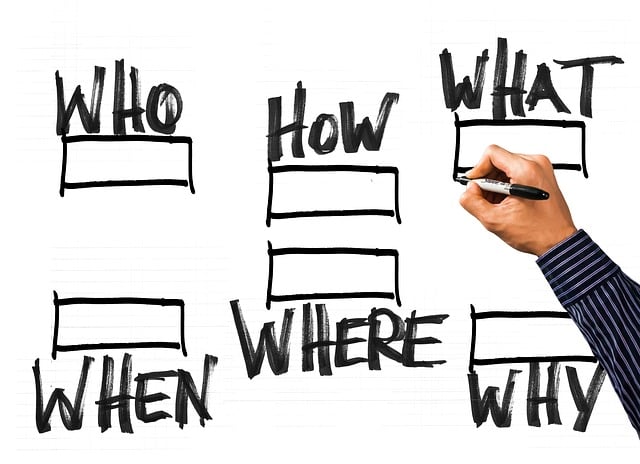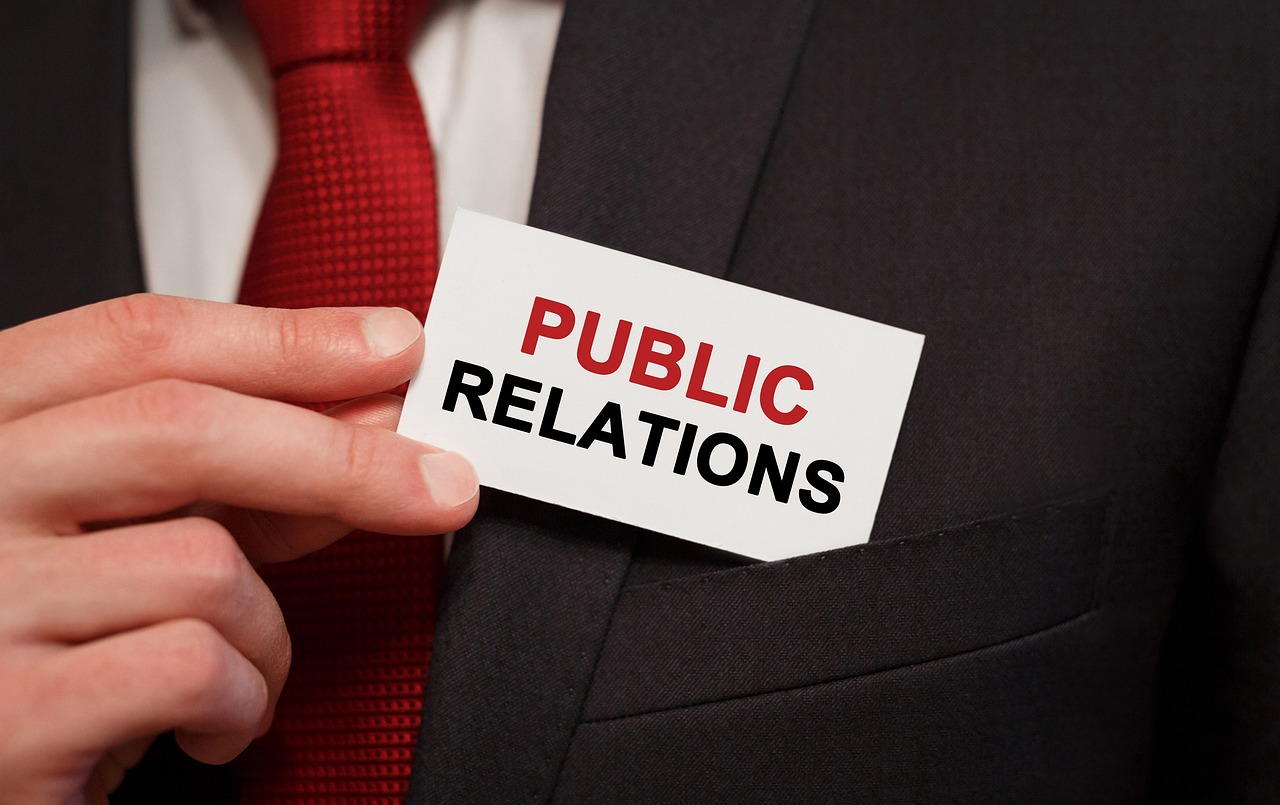What is likely to bring about a successful public relations programme? This is a common question we ask ourselves as public relations practitioners. Other questions directly linked to the first are: How much will it cost to run an effective public relations programme? Does my organisation really need it? How long do I need to do it? Can I do it myself? Why do my competitors seem to get better publicity and press coverage? If you have ever asked any of these questions, read on. If you are new to public relations or simply looking for a way to manage the public relations of your business, I believe you would find this article insightful.
Public Relations Planning
We have to understand that good public relations does not just happen. It takes time, skill, consistent hard work, a definite plan, and a commitment to your PR goals. Successful public relations is part science and part art. When combined in the right way, the result is positive and rewarding.
The goal of public relations is to influence perceptions and attitudes towards a particular issue, person, or organization and to establish a positive image over a long period of time. Effective public relations planning is central to reaching this goal. A PR plan is simply a road map that guides you to achieve your PR goals. You could call it your PR blueprint. Public relations plans range from a short half-page to several pages and, in some cases, large-bound documents.
A General Approach to Planning Your Public Relations Programme
There are almost as many approaches to public relations planning as there are practitioners. Practitioners and the organisations they represent choose approaches appropriate to their goals. The following provides an idea of the processes required in a general approach:
Why Are You Embarking On The PR Activity: Aims and Objectives
Planning starts with the essence of embarking on the activity. It may mean going back to the basics and analysing what the organisation stands for, what its business is, and where it is trying to position itself. Generally, an aim is an indication of the broad direction in which you want to go. Your objective is more specific; what you want to achieve.
Who Are Your Target Audience: Receiver
Identify your key audiences. There are usually different groups of audiences. You may need to segment them and tailor your message to each audience group. If the planning process is applied properly, your message is likely to reach beyond your intended audience. Your planning process may unearth audiences not previously considered.
What Do You Intend to Put Out or Communicate: The Message
While the message may seem straightforward, it pays to look again at what you want to say and make sure you have it right. An easy way to decide on your message is to ask yourself: What response do I want to elicit? What is the takeout for the audience? That will be the crust of your message.
Where Do Your Target Audience ‘Hang Out’: Channel
Deciding or choosing the appropriate channels is critical. The perfect message shared in the wrong place will not yield your desired result. Determine which media your target audience is consuming, including how and when they consume this media. Select your channels according to your audience segmentation, and tailor your message delivery for each channel.
How Will You Go About It: The Programme of Activity
The ‘how’ in public relations planning includes when and where you do what and how you intend to actually carry it through. This includes specific and detailed line-by-line activities to reach your objective, a time schedule or timeline for each activity, who will be involved, how much it will cost, and other details of implementation. This part happens to be one of the key differences between a strategy and a plan. Your PR plan must include detailed, step-by-step activities and actions for implementation.
Determining The Effectiveness of Your Plan: Evaluation
The first thing to remember about evaluation is that it only applies to something that can be measured against a set standard. If you do not know what people think of you before you undertake a public relations programme, there is little point in asking them what they think of you when the programme is complete, for you will not be able to draw any purposeful conclusions about effectiveness. When setting your objectives, remember to include key performance indicators (KPIs). After implementing your activities, you will measure your outcomes against your performance indicators. Information from the evaluation process is useful in deciding whether to revise, stop and refresh, or continue in a particular direction.
Research and fact-finding, defining the problems, identifying publics or audiences, including their present awareness and attitudes, defining objectives, determining strategies, agreeing on the message to be projected, planning the activities, carrying this through, measuring its effectiveness, and making any necessary changes to the plan or planning follow-up action—this, in a nutshell, is the outline for your public relations plan. Get a free consultation to help you and your team with your next public relations activity or plan.

Using the RACE Formula in Public Relations Planning
The RACE formula is a four-step PR planning approach. RACE stands for Research, Action, Communication, and Evaluation.
Research
Research is the objective and systematic gathering of information for the purpose of describing and understanding. The purpose of research is to define the problem, define the audience, and set objectives. For your public relations plan, you would want to gather and analyse:
- Detailed information and knowledge about the fragmented audiences you will be dealing with
- The gap (if any) between the executives of the organisation and its publics or audiences
- What created the gaps and how they could be bridged
- What real or sometimes imagined problems the organisation (or, in some cases, the person) is dealing with
- Media habits of the target audience
- Facts on which public relations tools would be valuable to all of the above
The information gathered would be used to establish a baseline for determining the success or otherwise of your programme.
Action
At the action stage, goals are set, outcomes are defined, and the constraints under which the PR program will run are clearly identified. It is necessary to establish such policy guidelines in order to evaluate proposed strategies and tactics as well as the overall success of the campaign.
This is where the organization outlines its strategies and tactics. Using its knowledge of the target audiences and its own established policies, the organization develops specific programmes to achieve the desired objectives.
Specific Actions
Development of Strategies
This is the stage where broad outlines of the intentions are developed. The strategies that are developed describe how the objective is to be achieved. It is a plan of action that provides guidelines for the overall effort. There may be one or more strategies for each target audience.
This is where the organization outlines its strategies and tactics. Using its knowledge of the target audiences and its own established policies, the organization develops specific programmes to achieve the desired objectives.
Determining the Tactics
This is where the strategies are broken down into specific activities to be undertaken. It requires specifying the plan or tactics that describe the sequence and specific activities proposed to achieve each objective.
Message and Channel
At this stage, appropriate communication tools and mediums that may be appropriate will be chosen. Communication tools may include, but are not limited to, various social media platforms and tools, appropriation of other digital tools, news releases, brochures, radio or television announcements, advertising, billboards, news conferences, etc. The important thing is that each channel should be appropriate for the target audience.
Time Frame and Action Plan
Timetables, or calendars, are developed at this stage. It puts everything in broad view and facilitates the timely execution of all actions. Timelines are also useful in taking into consideration all issues that could be affected by timing.
Determine The Budget
The cost of the plan should be put in place for the allocation of adequate funds for every aspect of the programme. Every activity comes with a cost, which must be captured and budgeted for. It helps to streamline the activities, determine what can or cannot be accommodated within the budget, and prioritise your PR budget.
Monitoring Mechanism
A method for monitoring the entire project should be established so that problems can be identified and resolved as soon as possible.

Communication
This involves actual communication, which is passing on messages as planned to the targeted audience or publics. This is where the organization employs specific public relations techniques, such as press conferences, press releases, online mechanisms, or special events, to reach the intended audience. This part of the implementation is the information dissemination and audience engagement phase.
Writing scripts, press releases, copy for social media, and other forms of messages are prepared and shared at this stage. You may arrange meeting dates, venues, and schedule speakers for your customer and/or media events. At this stage, you make contact with the media to book assignments or coverage as well as make contacts for feature articles. It also involves sending out invitations, arranging radio and television interviews, and conducting interviews on online channels.
Evaluation
This is the final stage, and it is where you audit the whole process to determine whether the programme has made the needed impact. It is usually done in line with the objectives set to find out whether there are any shortfalls. In evaluating, the following questions could be asked:
- Was the production right?
- Was the message’s exposure adequate?
- Did the audience understand the message?
- Did the audience respond as expected?
At this stage, the organization is able to receive feedback from its publics. It helps to know how the target audience reacted to the public relations campaign. For example, were there some unexpected developments? In this final step, the organization assesses the programme and makes any necessary adjustments for the future. If you need further help getting started, claim a free consultation with our PR team.
Conclusion
So, what is likely to bring about a successful public relations effort? The short answer is planning. How much it will cost and for how long you will run it, will all depend on planning. The specifics will emerge as you work through the process of identifying the issues that need to be addressed and the strategies for doing so. Ad hoc public relations initiatives can have a negative impact on the overall public image and public relations efforts. A good public relations plan will produce tangible and measurable results that speak to, and justify your efforts.

Perry P. K. Ofosu is an accomplished public relations practitioner and university administrator. He worked as the registrar for the Ghana Institute of Journalism and the Catholic Institute of Business and Technology. Perry is a former Vice President of the Institute of Public Relations (IPR) and an adjunct lecturer at Central University, Pentecost University, and Jayee University College. He is currently an associate consultant at okoriwaa.com.




